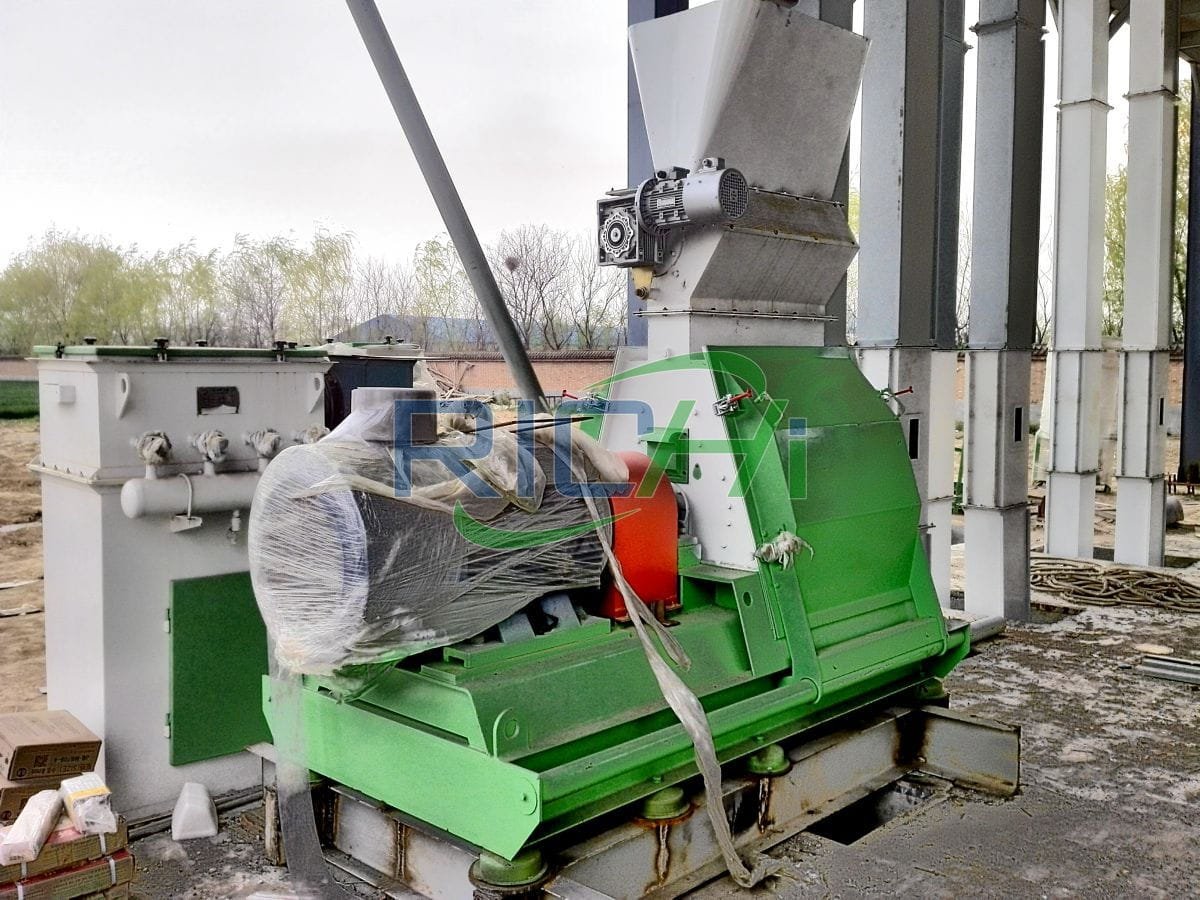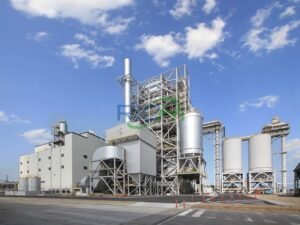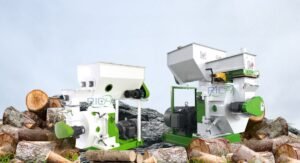
Wood pellet hammer mills play a crucial role in the biomass and wood pellet production industry. These machines are designed to reduce various types of biomass materials into fine particles suitable for pelletizing. This article explores the primary purposes and applications of wood pellet hammer mills in detail.
Primary Purpose of Wood Pellet Hammer Mills
The main purpose of a wood pellet hammer mill is to grind raw biomass materials into a consistent, fine particle size suitable for pellet production. This process is essential because:
- Size Reduction: Raw biomass materials often come in various sizes and shapes. The hammer mill breaks down these materials into smaller, uniform particles.
- Increased Surface Area: By reducing the particle size, the hammer mill increases the surface area of the material, which is crucial for efficient pelletizing.
- Improved Binding: Smaller particles bind together more effectively during the pelletizing process, resulting in denser, more durable pellets.
- Moisture Equalization: The grinding process helps to distribute moisture evenly throughout the material, which is important for pellet quality.
Key Applications of Wood Pellet Hammer Mills
- Wood Pellet Production
The most common application of these hammer mills is in wood pellet production. They are used to process various wood materials, including:
- Sawdust
- Wood chips
- Tree branches
- Forestry residues
For example, the CF500B wood hammer mill offered by Biopellet Machine can process wood materials with a capacity of 800-1100 kg/h, making it suitable for industrial-scale wood pellet production.
- Agricultural Biomass Processing
Hammer mills are also used to process agricultural residues for pellet production, including:
- Straw (wheat, rice, corn)
- Corn stalks
- Cotton stalks
- Other crop residues
The versatility of machines like the electric wood hammer mill from Biopellet Machine allows for processing various agricultural materials, expanding the range of raw materials that can be used in pellet production.
- Waste Management
Wood pellet hammer mills play a significant role in waste management by processing:
- Urban wood waste
- Construction and demolition wood debris
- Landscaping waste
By converting these waste materials into usable biomass feedstock, hammer mills contribute to sustainable waste management practices. (Related post:wood chipper machine)
- Biofuel Production
In addition to pellet production, hammer mills are used in the broader biofuel industry for processing biomass for:
- Bioethanol production
- Biogas production
- Other bioenergy applications
- Animal Feed Production
While primarily used for wood and biomass processing, these hammer mills can also be adapted for grinding materials used in animal feed production, such as:
- Grains
- Hay
- Other feed ingredients
This versatility makes them valuable in agricultural settings beyond just biomass processing.
Features and Considerations
When selecting a wood pellet hammer mill, several features are important to consider:
- Capacity: Mills like the CF500B from Biopellet Machine offer high capacities (800-1100 kg/h), suitable for industrial use.
- Power Source: Options include electric motors (as seen in Biopellet Machine’s electric wood hammer mill) or diesel engines for more remote locations.
- Screen Size: Adjustable screens allow for control over the final particle size, typically ranging from 3-5 mm for pellet production.
- Durability: Hammers made of materials like tungsten carbide, as mentioned in Rotex Machine’s specifications, offer increased durability and efficiency.
- Ease of Maintenance: Features like easily replaceable hammers and screens are important for minimizing downtime.
- Safety Features: Modern hammer mills often include safety features to prevent accidents and improve operational safety.
Technological Advancements
Recent advancements in wood pellet hammer mill technology include:
- Improved Energy Efficiency: Newer models are designed to consume less power while maintaining high output.
- Advanced Control Systems: Digital controls allow for precise adjustment of operating parameters.
- Integration with Pellet Production Lines: Many hammer mills are now designed for seamless integration into complete pellet production systems.
- Noise Reduction: Innovations in design have led to quieter operation, improving working conditions.
Conclusion
Wood pellet hammer mills are essential equipment in the biomass processing and pellet production industry. Their primary purpose of reducing raw biomass materials to a consistent, fine particle size is crucial for producing high-quality wood pellets and other biomass products. These machines find applications not only in wood pellet production but also in processing agricultural residues, managing waste, and contributing to biofuel and animal feed production.
The versatility and efficiency of wood pellet hammer mills make them indispensable in the growing renewable energy sector. As technology advances, these machines continue to improve in terms of energy efficiency, output quality, and integration with other production processes. For businesses involved in biomass processing or considering entering the field, investing in a high-quality wood pellet hammer mill is a crucial step towards efficient and sustainable production.
For details please contact: wood pellet machine
WhatsApp:86 138 3838 9622
Email:enquiry@richipelletmachine.com






